

The Rolling Stones
Follow Your Favorite Band Today!
Top The Rolling Stones Community Posts
Albums
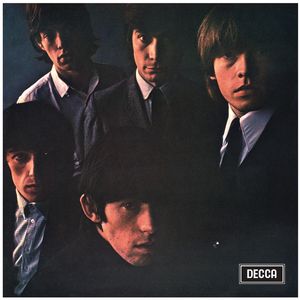

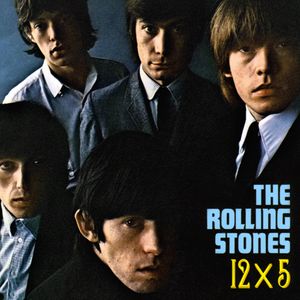
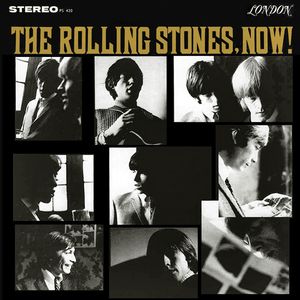
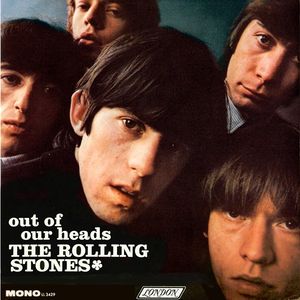
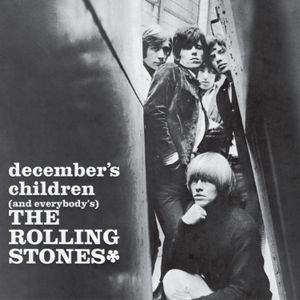

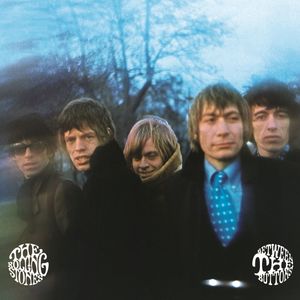


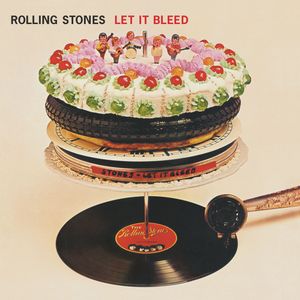
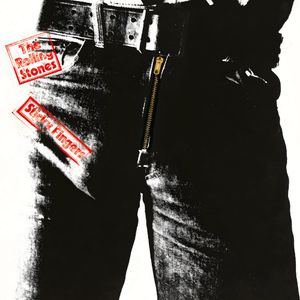
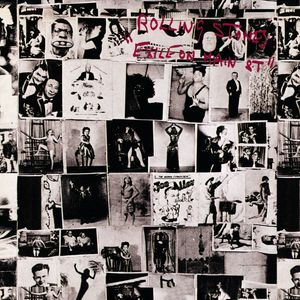


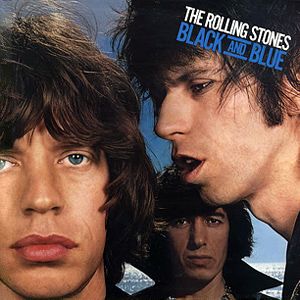
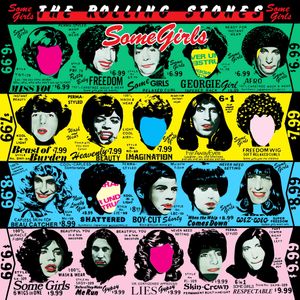



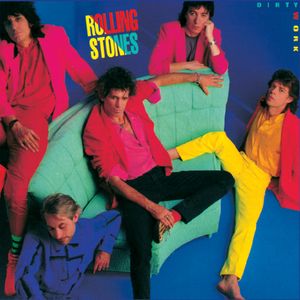




Story of The Rolling Stones
The Rolling Stones: A Rock 'n' Roll Legacy
The Rolling Stones, hailing from the vibrant streets of London, burst onto the music scene in 1962. They've been rockin' for seven decades, cementing their status as one of the most influential and enduring bands in history.
The Stones were pioneers, pushing the boundaries of rock with their raw, blues-infused sound, paving the way for the hard rock genre. Their classic lineup – Mick Jagger on vocals, Keith Richards on guitar, Brian Jones on various instruments, Bill Wyman on bass, and Charlie Watts on drums – became the foundation of their success. Initially led by Jones, the band found their creative spark with the arrival of manager Andrew Loog Oldham in 1963. Oldham encouraged them to write their own material, and the Jagger-Richards songwriting partnership soon became the heartbeat of the band.
Born out of the blues and early rock 'n' roll, the Rolling Stones started as covers artists, riding the wave of the 1964 British Invasion. But they quickly found their own voice, capturing the spirit of the youth counterculture with iconic hits like "(I Can't Get No) Satisfaction", "Get Off of My Cloud" and "Paint It Black." Their groundbreaking album Aftermath (1966), filled with original songs, cemented their place as musical revolutionaries. It's considered a cornerstone of their early career, showcasing the band's raw power and artistic evolution.
Bands you may like
More Blues Rock Bands
Explore Blues RockDiscover more bands in the Blues Rock genre and explore the diverse sounds that define this musical style.
Browse All Blues Rock BandsMore Bands from United Kingdom
Explore United KingdomDiscover the rich musical heritage of United Kingdom and explore bands that represent the country's unique sound and culture.
Browse All United Kingdom Bands